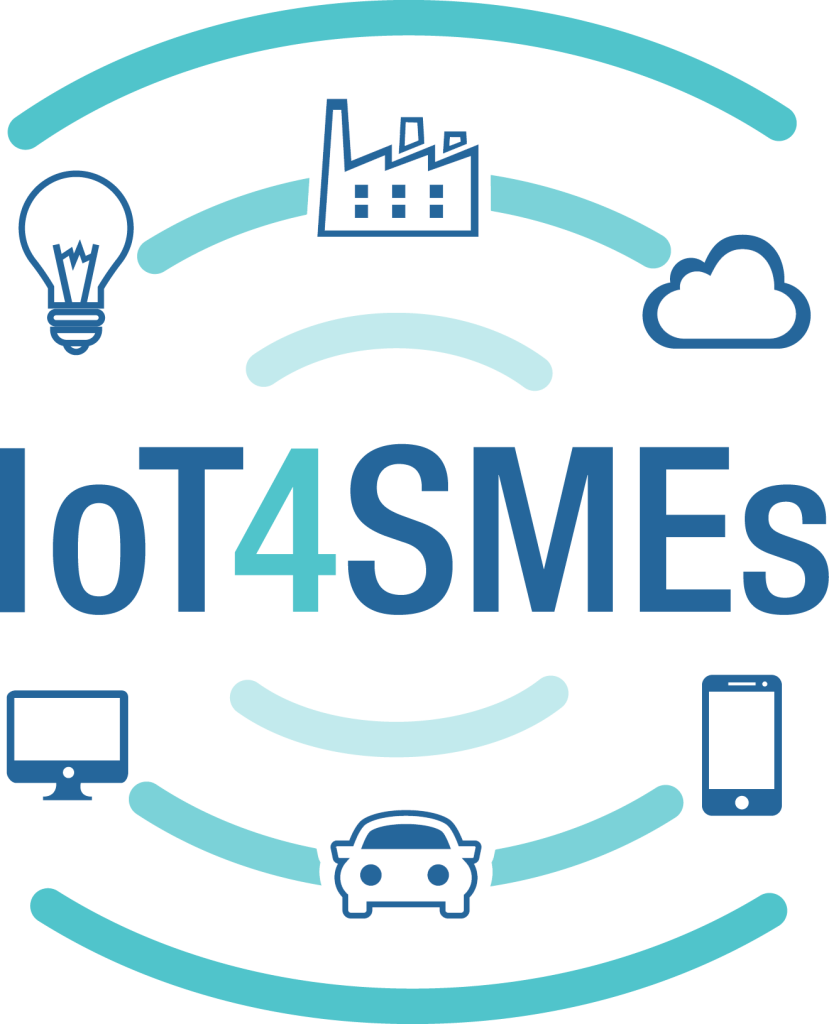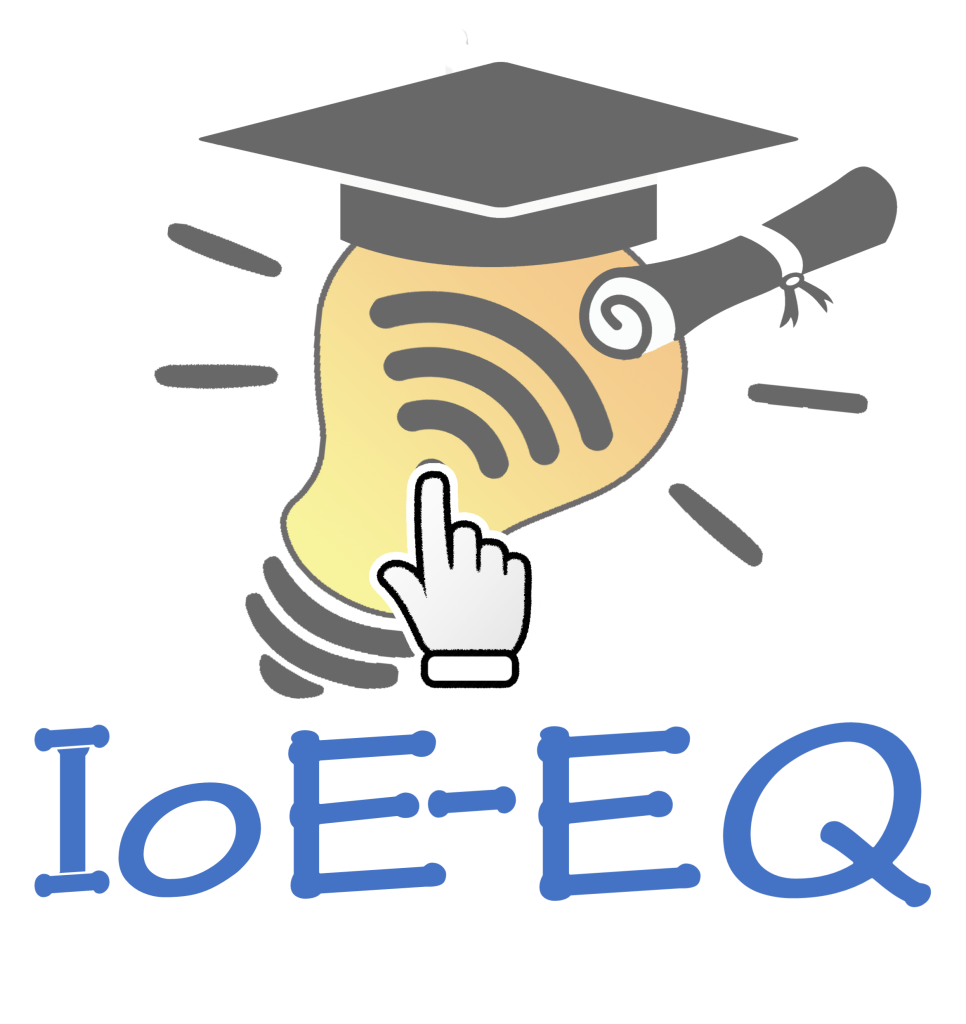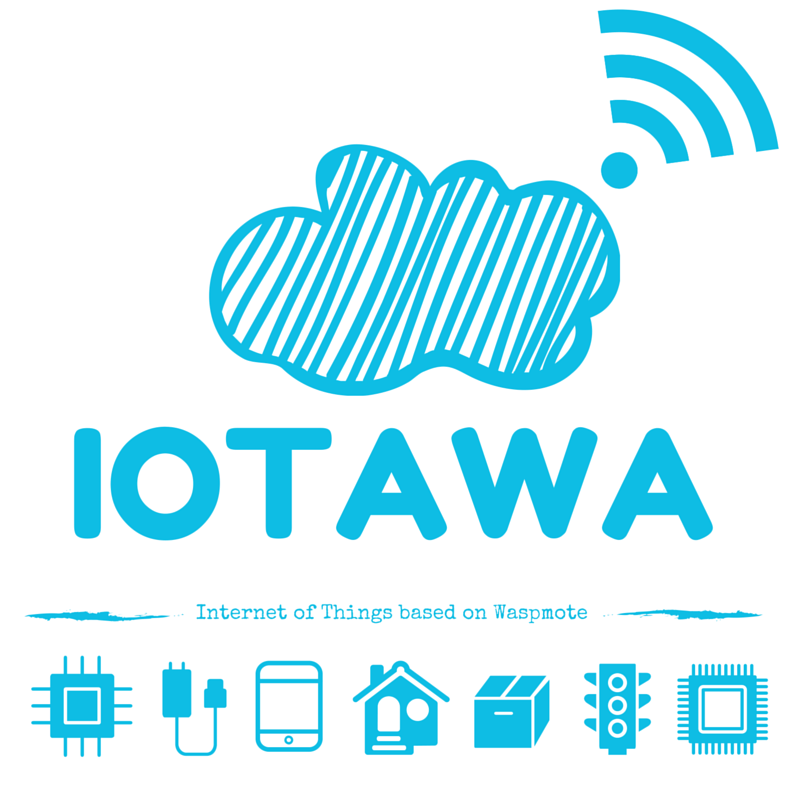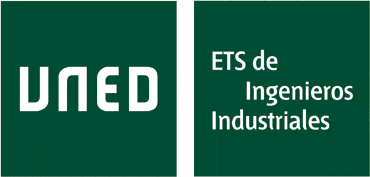El pasado 3 de Octubre de 2022 se defendió satisfactoriamente el Trabajo Fin de Máster correspondiente al Master of Information and
Communication Electronic System de la UNED titulado «STATE OF THE ART AND APPLICATIONS BASED ON LoRa®, LoRaWAN® and AIoT ’, dirigido por Sergio Martín.
Aquí os dejamos el resumen del trabajo por si os resulta de interés:
The initial exposition of this thesis on the history of communication seeking to reach increasingly distant transmissions, is fundamental to reach the conclusion that, even today, the transmission of signals along the increasingly saturated electromagnetic spectrum, maintains the essence of symbols and rhythms of the past, even basing itself on the study of theoretically more primitive but really sophisticated forms of communication and orientation, such as those of birds, dolphins or bats. Such is the case of LoRa’s Chirp Spread Spectrum modulation, whose success, even though LoRa is a Semtech patent, lies in having licensed it to multiple companies, hence its benefits, so that it is the physical layer below LoRaWAN, whose architecture supported by the LoRa Alliance, has made it become the dominant LPWAN technology on the market and with greater future foresight than those cited here within the long range and low power.

Another aspect to highlight, and which is also reflected in this thesis in a practical way, is LoRaWAN’s ability to provide real solutions to a wide range of applications at a very low cost, so that anyone can incorporate their own devices with different microprocessors, LoRa® modules and sensors to your own private network, or simply connect them through a gateway that is within communication range – or incorporate one that does – to a constantly growing public network such as The Things Network, always respecting the regional parameters of ISM frequency bands, power, duty cycle, fair access policy and the country’s own regulations.
To demonstrate it, we will acquire different LoRa®/LoRaWAN® modules to analyze the spectrum and visualize a LoRa PHY frame using a RTL-SDR.

Then, we will try to establish communication in the LoRa physical layer through two nodes in cyclic transmission-reception.

And thanks to LoRaWAN we will integrate one of them in TTN to do GPS mapping in TTNMapper.

Finally we will build a gateway to extend the range of the TTN community.







About the author